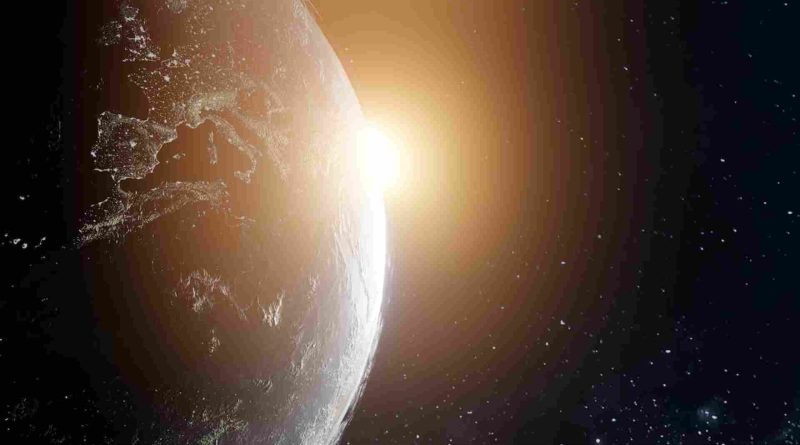Unveiling the Influence of Solar and Lunar Gravitational Forces on Plant and Animal Behavior
A recent groundbreaking exploration has unveiled the profound impact of local gravitational tides on orchestrating the cyclical behaviors of organisms. Remarkably, these rhythms persist even devoid of external influences like light or temperature fluctuations.
The interplay between the rhythmic activities of all organisms, spanning from flora to fauna, and the gravitational tides stemming from the celestial dance of the Sun, Earth, and Moon, stands as a captivating scientific intrigue. Spearheading this inquiry is a study conducted by Professor Cristiano de Mello Gallep from the University of Campinas (UNICAMP) in Brazil, in collaboration with Daniel Robert from the University of Bristol, United Kingdom. Published in the esteemed Journal of Experimental Botany, their research delves into this captivating phenomenon.
Gallep elucidated that every entity on Earth, animate or inanimate, falls under the sway of the gravitational forces exerted by the Sun and the Moon, manifested as tides. These rhythmic undulations, oscillating twice daily, undergo monthly and annual modulation under the gravitational influence of our celestial neighbors.
The gravitational tides emerge as a discernible and potent force, eternally shaping the rhythmic activities of organisms. This force, intrinsic to the very fabric of our planet, has sculpted the evolutionary pathways of all life forms, elucidated Gallep.
Drawing from a meticulous meta-analysis encompassing data from three prior studies, the researchers shed light on the gravitational underpinnings of various organismal activities. These studies, which partially explored gravitational causality, scrutinized phenomena ranging from the swimming behaviors of isopods to the reproductive efforts in corals and the growth modulation in sunflower seedlings inferred from autoluminescence. Through rigorous analysis and scrutiny of both experimental outcomes and existing literature, the researchers gleaned invaluable insights.
Gallep affirmed that local gravitational tides wield sufficient influence to synchronize the cyclical behaviors of organisms, even sans external rhythmic cues. He posited that these gravitational oscillations persist, subtly modulating the conduct of living entities.
The rhythmic manifestations observed across organisms, encompassing circadian rhythms intricately linked with diurnal cycles, have been subjects of extensive inquiry. Even under controlled laboratory conditions isolating light, certain rhythmic cycles endure, as unveiled by the study.
Gallep highlighted the synchronization of crustaceans and other coastal organisms with the tidal ebb and flow, adhering to a 12.4-hour cycle governed by lunisolar dynamics. Intriguingly, this synchronization endures even within laboratory confines, underscoring the profound influence of gravitational forces.
Despite constituting a minute fraction of Earth’s gravity, the combined gravitational pull of the Sun and Moon engenders substantial tidal fluctuations in bodies of water and even exerts a discernible influence on tectonic activities.
This gravitational flux extends its influence even to monumental scientific constructs like the Large Hadron Collider (LHC) at CERN, inducing a vertical displacement of one millimeter across its colossal 27-kilometer circumference.
Gallep’s initial observations, rooted in experiments about seed germination and autoluminescence, unveiled periodicities manifesting every 12 or 24 hours, albeit with variations across germination trials.
Furthermore, the study underscores the far-reaching impact of gravitational waves, extending beyond rudimentary organisms to encompass human physiology. Individuals subjected to prolonged darkness exhibit cyclic fluctuations aligning with the lunar cycle, regulating vital functions such as sleep-wake cycles and metabolic processes.

